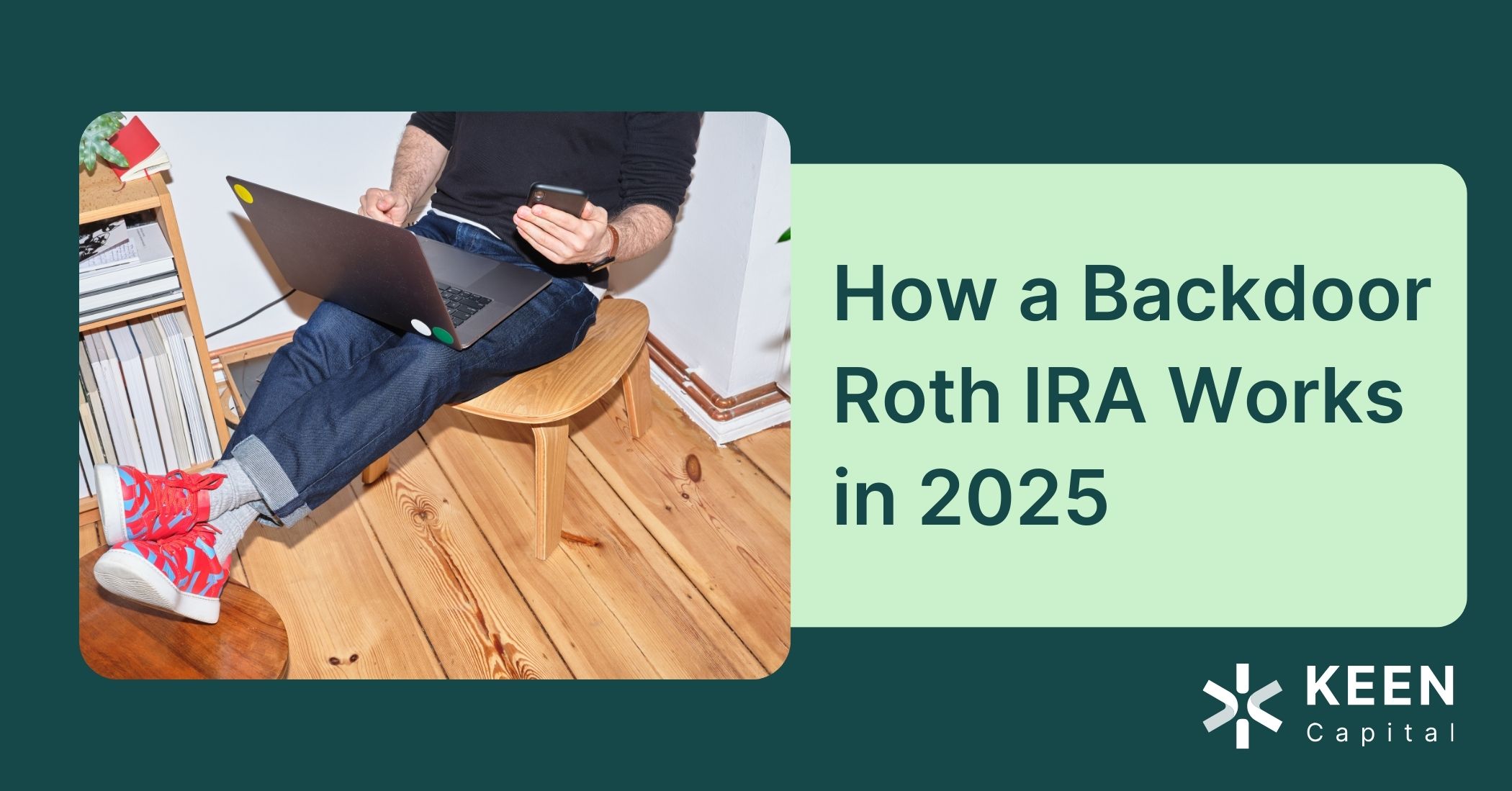Let’s get something out of the way: Monte Carlo simulations sound intimidating. Like something reserved for Wall Street quants or casino mathematicians. But if you’re planning for retirement – and want to know whether your money will last – they can be your best friend.
Monte Carlo retirement planning is simply a smart way to test how your financial plan might hold up in the real world… where markets go up and down, life doesn’t follow a script, and retirement rarely looks exactly like a spreadsheet. This post walks through how it works, why it matters, and what to actually do with the results.
First, What Even Is Monte Carlo Retirement Planning?
Imagine you’re about to retire. You’ve saved up. You’ve got investments. But the future? It’s unpredictable.
Long-term real market returns, which is the annual return minus inflation, are pretty consistent over long periods of time (think 20+ years). However, when withdrawing from a portfolio in retirement, how those returns are delivered matters. You can’t expect to get the same return every year.
Monte Carlo simulations randomize the ordering of returns over thousands of different scenarios, just like the real world would offer, some years positive, some negative. Rarely do we experience an “average” return year historically! If we ignore this randomization, running out of money is a real possibility! Then, we do the same thing under several stress tests – less social security, higher inflation, lower returns, longer life expectancy, etc.
Then it tells you:
👉 How often does your retirement plan succeed under all these possibilities?
What Does “Success” Mean?
This is key: Success doesn’t mean perfection.
And failure doesn’t mean disaster.
- A success rate of 90% means that in 90% of the scenarios, you don’t run out of money.
- A 10% “failure” rate doesn’t mean you end up broke on the street. It means that in those scenarios, we’d likely need to make some tweaks along the way. Maybe adjust spending. Delay a vacation. Delay inflating spending. Pay off debt differently. Adjust portfolio allocations.
The point is: it’s not pass/fail. It’s “pass or adjust.”
So What’s a “Good” Monte Carlo Score?
Here’s where a lot of people get tripped up. They assume:
“I want a 100% success rate. That’s safest, right?”
Actually… no.
Aiming for 100% often means being too conservative.
You’d have to cut spending way back, take too little risk, or save way more than necessary—all to protect against every possible future, even the absolute worst-case ones.
That’s not a fun retirement. It’s a fearful one.
At KEEN Capital, we often aim for an 84%-90% success rate by the time you enter retirement.
Why?
Because:
- It gives you a solid buffer.
- It allows room for flexibility.
- And it reflects reality: if something goes off track, we adapt. That’s what smart planning is all about.
What Goes Into a Monte Carlo Simulation?
Let’s break it down. A typical simulation will consider:
- Your current savings (401(k), IRAs, brokerage, etc.)
- Your expected spending (monthly living costs, travel, healthcare, etc.)
- Your income sources (Social Security, pensions, rental income)
- Investment returns (and their variability—not just averages)
- Inflation (because today’s $1 is tomorrow’s $0.75)
- How long you live (and then we stress test even longer!)
All of this is run through the simulator to create thousands of retirement paths. Then it calculates how many of them work out smoothly vs. how many need course corrections.
Common Questions (a.k.a. “Stuff Nobody Explains”)
What if I get a low success rate?
That doesn’t mean failure. It just means something might need to change. Maybe you push retirement back a year. Maybe you spend a little less early on. Maybe you tweak your investment strategy.
Can I game the system?
Not really. You could lower your spending assumptions or increase expected returns to make your plan “look” better. But that’s risky. Inputs matter. It is very easy to get extremely misleading results with incorrect or aggressive assumptions. The real power of Monte Carlo is in facing reality—not creating a fantasy.
Does it matter when I retire?
Absolutely.
Retiring into a bad market year (say, 2008) vs. a good one (say, 2013) can have a big impact, but is also not predictable in advance. Monte Carlo helps you test that and prepare accordingly.
Bottom Line: It’s About Flexibility, Not Perfection
Monte Carlo planning isn’t a crystal ball. It won’t tell you exactly what will happen.
But it will tell you how prepared you are – and how resilient your plan is.
At KEEN Capital, we use Monte Carlo simulations not to scare you, but to empower you. To help you retire with confidence, knowing that your plan has been pressure-tested across thousands of possible futures.
Because retirement shouldn’t be about guessing. It should be about living.
Want to Run Your Own Simulation?
We can walk you through it – step by step, no jargon, no spreadsheets unless you ask.
Just real answers to your retirement questions.



